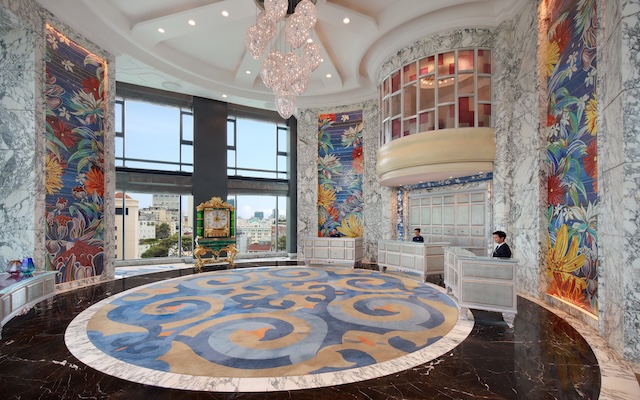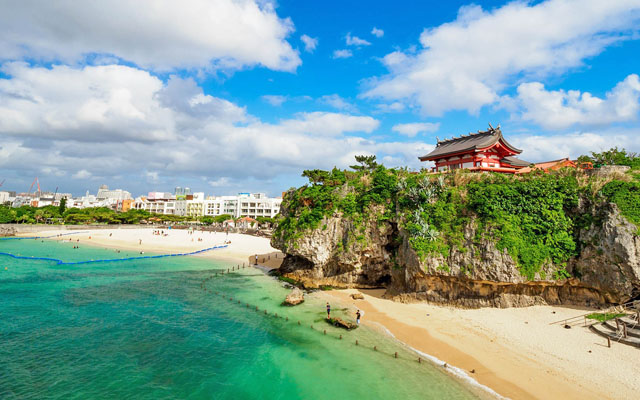Kim Jong-Hoon, acting executive vice president of the international tourism division at the Korea Tourism Organization (KTO), outlines the organisation’s strategic direction, priority markets, and how it is using Korea’s cultural and natural assets to boost inbound tourism
 Please share more details on KTO’s strategic direction for inbound tourism for 2025.
Please share more details on KTO’s strategic direction for inbound tourism for 2025.
KTO’s strategic direction for the year aims to expand and diversify tourism offerings through themed travel such as K-culture, wellness, and sports tourism, and to promote experiential and lifestyle-based travel through immersive programmes that allow travellers to experience Korean daily life and culture.
We are also focusing on strengthening regional tourism beyond Seoul and Busan by promoting the unique attractions in our southern regions of Jeollanam-do and Gyeongsangnam-do.
Meanwhile, we will continue to enhance digital marketing and collaborate with travel agencies and influencers, and hold large-scale public events and B2B platforms to boost industry engagement and promote South Korea as a travel destination.
For MICE, we present South Korea as a tech-savvy and content-rich hub, with smart infrastructure and digital tools. We offer unique venues and K-culture programming for added appeal. Another strategy is to expand MICE hosting cities beyond Seoul to include Daegu, Gwangju, and Busan.
KTO also provides strong institutional support through the Korea MICE Bureau and Korea MICE Alliance, while offering incentive programmes and logistical assistance for organisers.
What target markets in Asia are you looking at and why?
Key markets are Singapore, Malaysia, the Philippines, Thailand, Vietnam, and Indonesia due to strong K-content consumption, increasing outbound travel demand, as well as cultural affinity, air connectivity, and digital engagement levels.
Some of these are also driven by market-specific interests. For example, there is growing demand for medical and wellness tourism from Indonesian travellers, and high interest in e-sports and youth-driven content from travellers from Vietnam.
What are some tourism trends you’ve been noticing about inbound tourism to South Korea?
We have noticed a preference for immersive and local-style travel experiences, which has led to an increase in DIY travel planning, often inspired by social media and influencers.
Niche interests are also rising, with travellers opting for drama location tours, wellness retreats, food trails, hiking, and marathon tourism.
There is also growth in multigenerational travel and purpose-driven tourism, such as cultural education or wellness.
What type of experiences are travellers seeking? Which experiences are popular among travellers from a particular market or age group?
Yes, demand for personalised and unique experiences is rising, especially among Gen Z and millennials.
Popular experiences include K-beauty and styling sessions such as personal colour analysis and makeup lessons; personalised shopping tours with local stylists or guides; visits to drama filming locations and K-pop landmarks; local food experiences such as traditional markets, bakery tours, regional specialties, and cooking classes; medical wellness tourism, including one-day skincare, dental, and vision treatments; and attending live sports events, such as baseball or e-sports tournaments.
What are some initiatives that KTO is doing to attract more travellers to Jeollanam-do and Gyeongsangnam-do?
Jeollanam-do has UNESCO-listed tidal flats, slow travel, and regional food culture, while Gyeongsangnam-do features nature trails, Korean traditional medicine, and historic sites. Another highlight is the city of Gyeongju, which will host the 2025 APEC Summit and is known for its 1,000-year history as South Korea’s ancient capital.
So far, we have worked with travel agencies to develop travel packages, organised media familiarisation trips, and enhanced digital promotions and influencer partnerships.
What are some challenges in attracting people to these regions and what is being done about them?
Awareness of these destinations remains limited, as do transport infrastructure and language support.
Travellers can connect to regional airports before taking the train or bus. They can also use the apps promoted by KTO through the Must-Have Apps in Korea campaign.
This campaign introduces essential mobile applications that allow travellers to conveniently access transportation services and tourism information throughout South Korea.

















